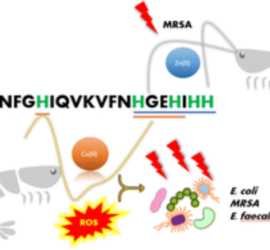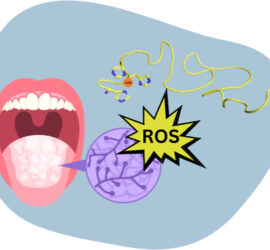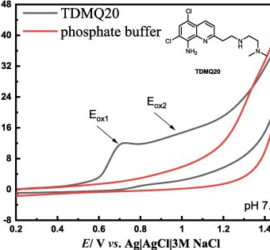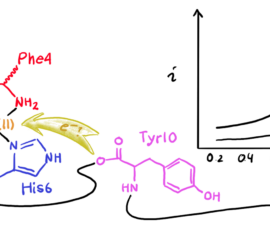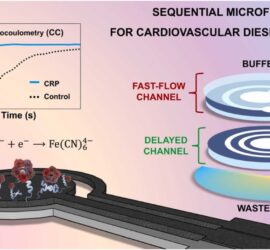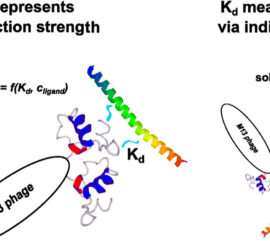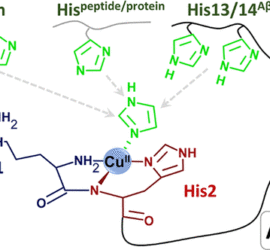Conference trips can bring new collaborations, especially when you are open to discussions and meeting new people (read scientists). At the 2nd French-Polish Chemistry Congress held in 2023, Martin heard Magdalena Rowińska-Żyrek give a talk on the antimicrobial properties of Zn- and Cu-complexes with peptides from shrimp and this meeting […]
peptides
Peptides is Magda’s favourite topic. So far, she has mainly focused on beta-amyloids. However, in cooperation established with the University of Wroclaw she has had the opportunity to study a new group of peptides. In our new article published with Joanna Wątły’s group this is motivated by “[t]he necessity to […]
Collaboration is extremely important to us. Gaining new knowledge, both practical and theoretical, is also extremely important. For this reason, Magda went on a 6-month internship to Professor Alvaro Colina’s group in Burgos, Spain. The cooperation turned out to be very successful because shortly after her return our first article […]
The next paper in Magda’s series of articles on the redox behaviour of β-amyloids relevant for Alzheimer’s disease has just hit the press. Here we have been looking at how the presence of a redox-active amino acid, tyrosine (Tyr), affects the oxidation of a Cu(II) attached to the amino terminus […]
Measuring CRP levels in blood usually requires sending a blood sample to the lab for an ELISA test. This takes time… the results typically come only the next day. It would be so much more convenient if you could get the result directly in your doctor’s office. In our latest […]
This paper is mainly the work by the student Sebastian Machera, who spend some time working in the Surface Nanoengineering group. Together with Dr Katarzyna Szot-Karpińska, he was working on phage display technology to make bacteriophage express peptides that could recognise specific targets. In this case, the model target was […]
Alzheimer’s Disease (AD) is one of the most common neurodegenerative diseases. The first time it was described 100 years ago; however, up to now, it is mysterious. According to the most accepted theory, development of this disease is connected to the interactions of copper ions with peptides called beta-amyloids. The […]

